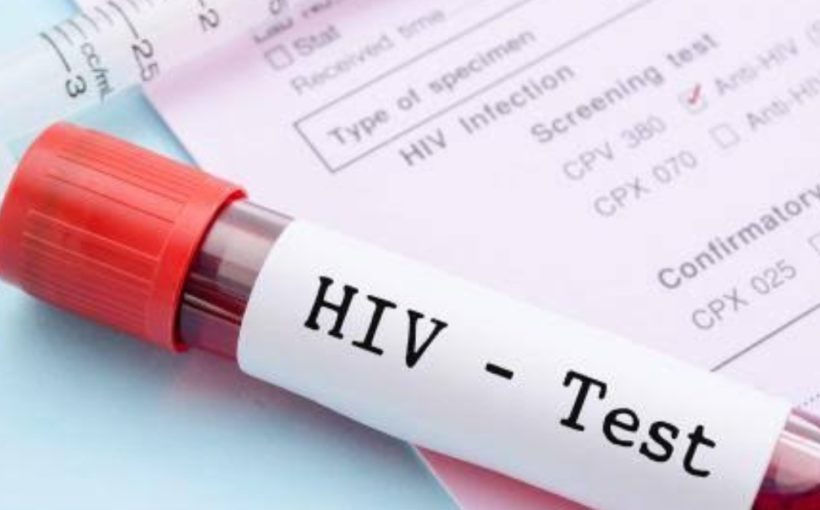Researchers have discovered a new potential medication that works with an HIV-infected person’s own body to further suppress the ever present but silent virus that available HIV. The HIV virus gets integrated into the infected person’s genetic coding and creates a constant dormant infection, creating treatment challenge. Because of this, current ART medications fail to cure the virus and when someone stops the drug, the virus almost always begins to multiply.
Drug resistance is also a public health issue with the ART medications. Being able to induce a sustained HIV remission free of ART is an important goal for HIV treatment. “We are the first to show that human BRD4 protein and its associated machinery can be harnessed to suppress dormant HIV,” said senior author Haitao Hu, UTMB assistant professor in the department of microbiology and immunology.
The findings are exciting because they not only improve our understanding of the biology of HIV epigenetic regulation, they also present a promising approach for the development of probes and/or therapeutic agents for HIV silencing, hopefully leading to cure of the virus eventually. In the laboratory study, the researchers found that the protein BRD4 plays an important role in regulating the production of new copies of the HIV gene.
The team successfully designed, synthesized and evaluated a series of small molecules to selectively program BRD4 to suppress HIV and identified a lead compound called ZL0580. They tested the lead molecule in HIV infection models and found that it significantly delayed dormant HIV reactivation after ART cessation in blood cells of ART-treated, HIV infected people. “We will continue to optimize the chemical structure and effectiveness of this class of molecules and conduct safety testing in cellular and animal studies,” said co-senior author Jia Zhou, UTMB professor in the department of pharmacology and toxicology. “We look forward to the time when we can begin clinical trials so that this approach can begin to help HIV-infected individuals.”
Source:University of Texas Medical Branch at Galveston


